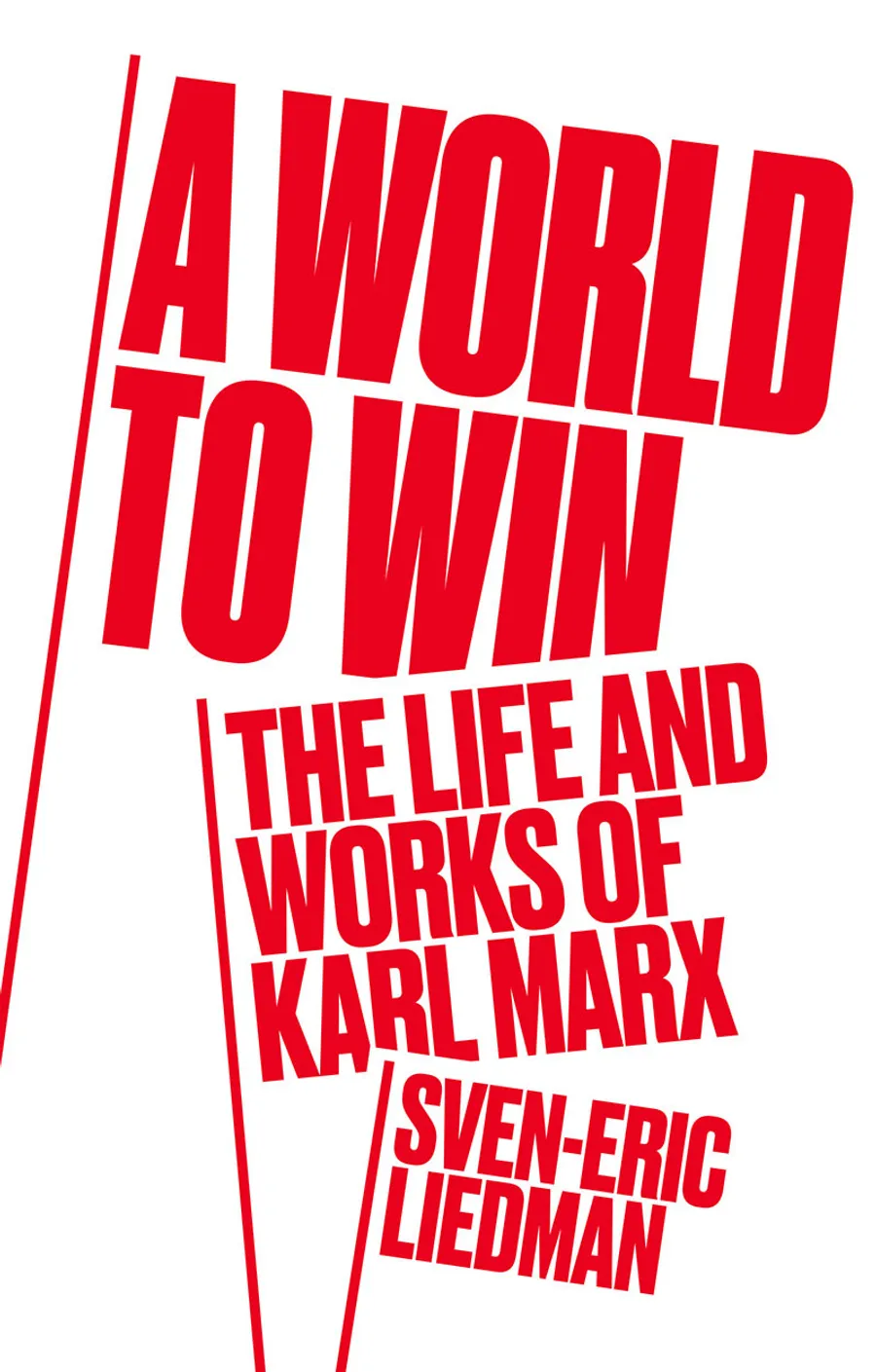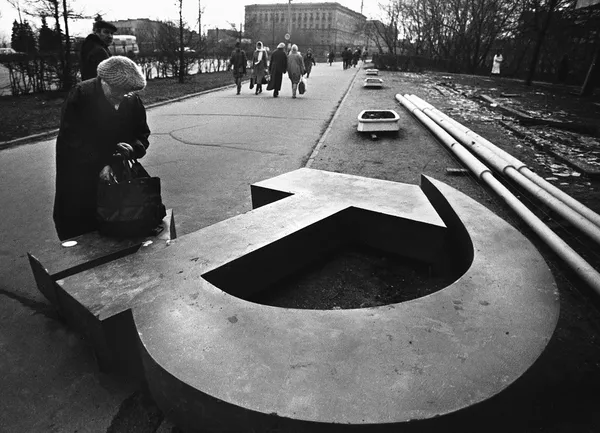
My review of The Historical Figure of Jesus by E.P. Sanders.

My review of The Historical Figure of Jesus by E.P. Sanders.

My review of A World to Win: The Life and Works of Karl Marx by Sven-Eric Liedman.

As tempting as it is to fantasize on what could have been, the historian’s task, Hobsbawm quips, is to analyze what was. And so despite his sympathies and disappointments, Hobsbawm does what no ideological historian can do, but which only the best Marxist thinkers are capable of.

In 1966, the Tricontinental Conference convened in Havana, Cuba, bringing together over 500 delegates from 82 countries in Asia, Africa, and Latin America under the banner of anti-colonial, anti-imperialist solidarity and national self-determination.

Walter Rodney’s rejection of rigid models of historical interpretation and “necessary” trajectories of socialist development transcends Cold War limitations. Instead, his authentic use of Marxist historical materialism impels him to begin, per Lenin, with the “concrete analysis of concrete conditions.”

Nothing could be the same in the world after 1917, for “what should never have been became real”—a society where the oppressed masses had overthrown the oppressing classes and where “a total change in the life of the people” was being made.

There is a story told about capitalism—mostly by its proponents: classical liberals, American conservatives, libertarians, and the like; but also sometimes inadvertently by its Marxist critics—that sees this system as synonymous with human nature in all times and all places.

It existed once before the nineteenth century, briefly, as part of the vast imperial structure of the Roman Empire. Before that it had been a vague idea from myth—the notion of Italia.